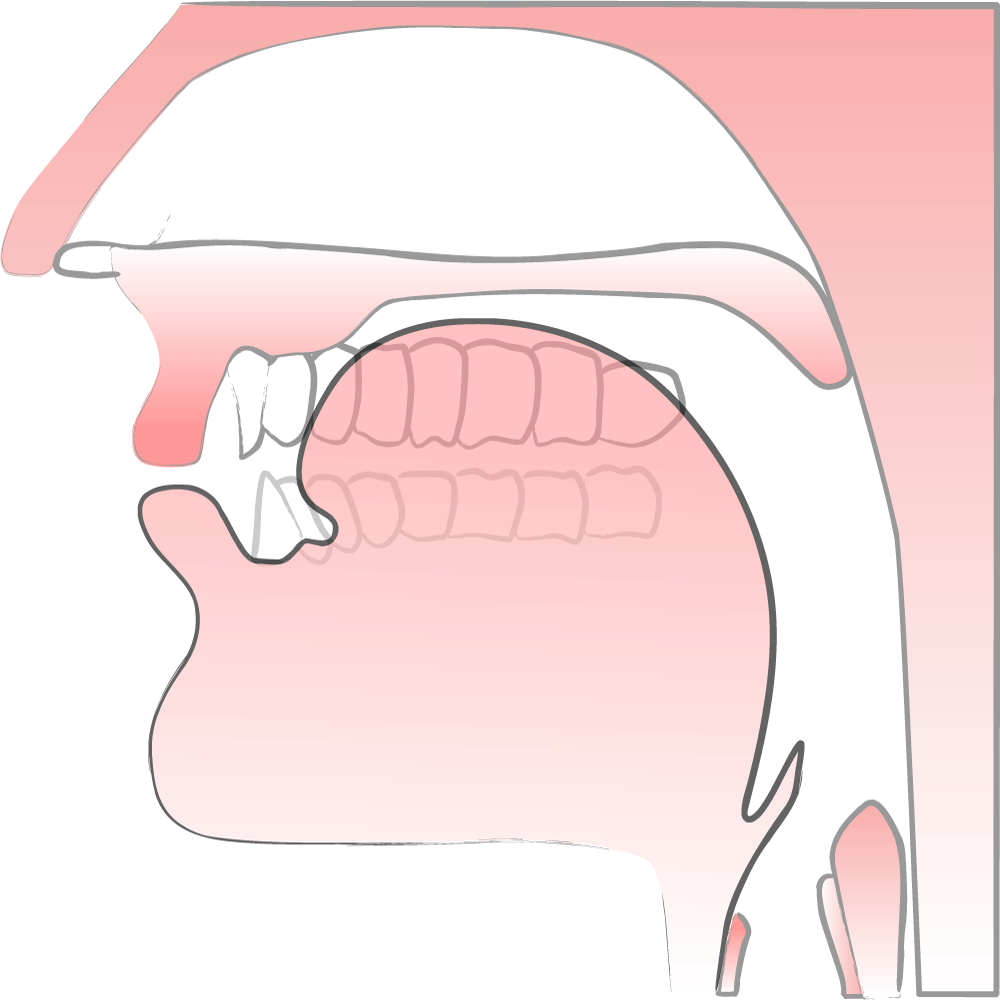Introduction to Long Vowels > How to pronounce 'long e’ /i/ > Common 'long e’ /i/ spellings > Practice pronouncing 'long e’ /i/
How to pronounce the 'long e' /i/
'Long e' illustration
The tongue is forward, with the body of the tongue near the tooth ridge. (The tongue is higher in the mouth for this sound than for any other vowel in English.) Because the tongue is so high, the jaw is relatively closed during the 'long e' /i/ sound. The sides of the tongue touch the top, side teeth during the sound.
NOTE: This sound is very similar to a 'y sound' /y/.
Listen to the 'long e'
Get this 'long e' lesson, the spelling lessons, and the practice words in "Pronunciation Pages"!




